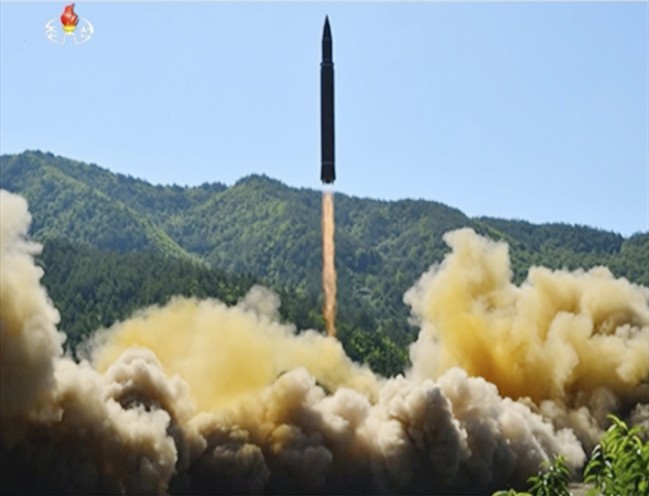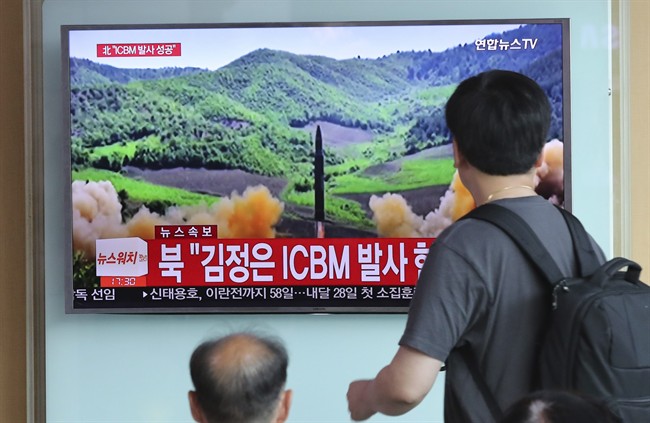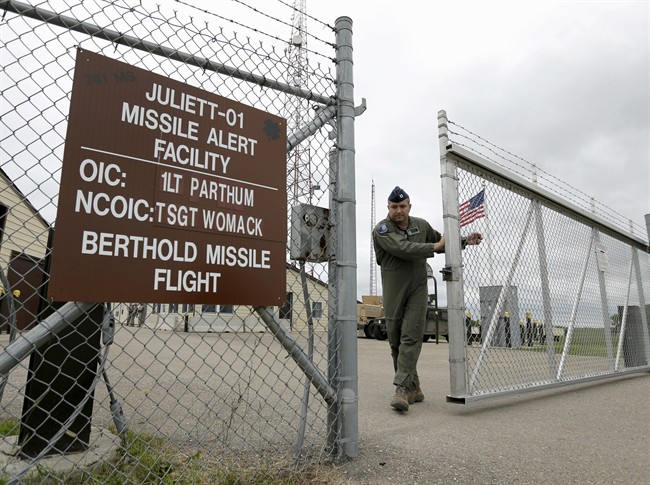The United States has confirmed North Korea has test-launched its first intercontinental ballistic missile. The weapons are possessed by only a handful of countries, including the U.S., Russia and China.

ICBMs are missiles that can travel thousands of kilometers from one continent to another and is designed for nuclear weapon delivery. Many analysts define an ICBM has to have a range in excess of 5,500 kilometers.
The Hwasong-14 missile that North Korea launched Tuesday was fired at a highly lofted angle to avoid neighboring countries. It flew as high as 2,802 kilometres before splashing down in the ocean about 933 kilometers from the launch site, North Korea said.
If fired at a normal trajectory, one U.S. scientist said the missile could have a possible maximum range of 6,700 kilometres, which could put Alaska in its range. Many South Korean experts estimate the missile’s maximum range at 8,000 kilometres, putting Hawaii in its striking distance. To cover anywhere in the United States, North Korea would need a longer range.
Despite Tuesday’s test flight, many experts believe North Korea doesn’t yet have a functioning ICBM because it still needs to develop the technology to manufacture miniaturized nuclear warheads to mount on the missiles. It’s also unclear whether North Korea has developed a successful re-entry vehicle, something that’s needed to return a warhead to the atmosphere from space so it can hit its intended target.
- Nigerians react after U.S. airstrikes targeting alleged Islamic State camp
- Teen suspect claims no memory of stepsister’s cruise ship death, documents say
- Zelenskyy speaks with Carney ahead of meeting Trump in Florida this weekend
- Severe atmospheric river storm causes flooding, mudslides in Southern California















Comments